Description
What place does religion today assume in the lives of the Ladakhi practitioners of Tibetan medicine (amchi)? And, how does medicine, as a social institution, negotiate its relationship to religion? The author addresses these questions by singling out two vantages of observation: institutionalization and the voluntary sector, after having defined the ideal religious frame putatively surrounding medicine according to the amchi?s representations. Contrasting the desire for scientificity that characterizes Tibetan medicine institutions and the political use of religion by healers? associations, this volume sheds light on central aspects of the contemporary construction of Tibetan medicine in Ladakh.

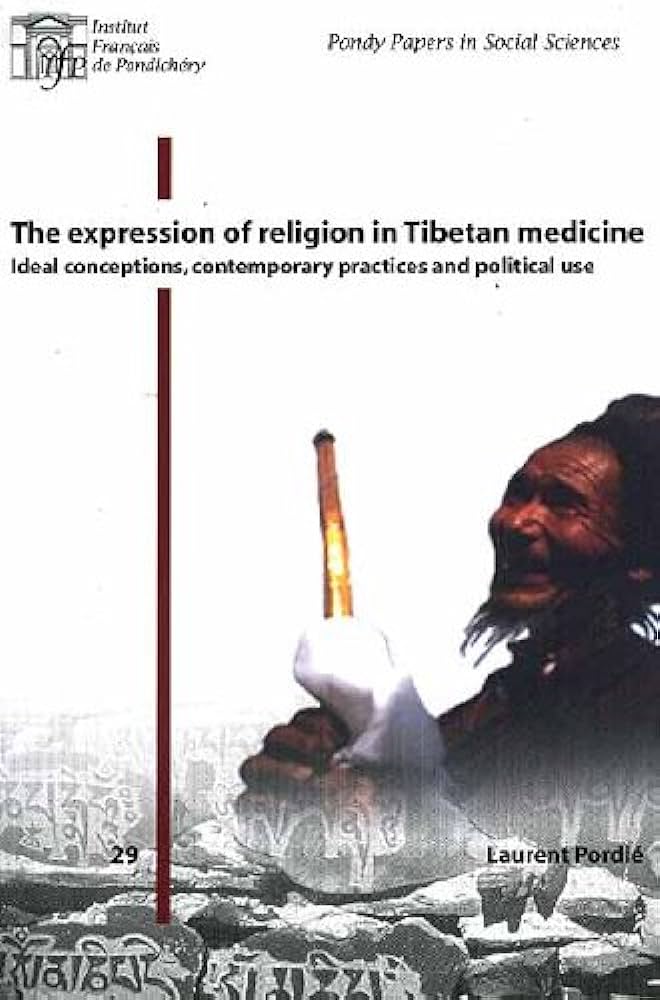
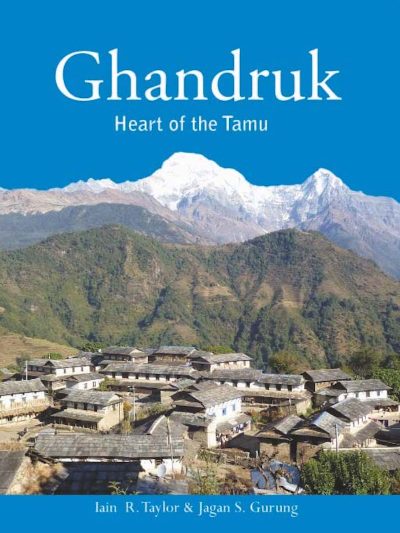
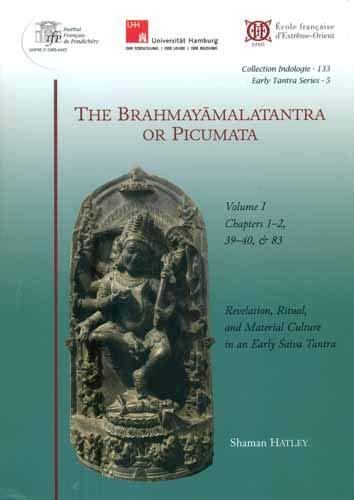
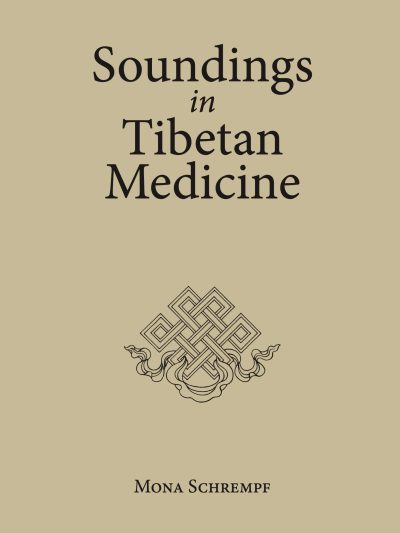
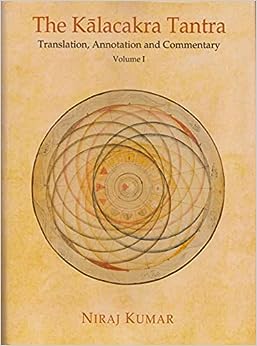
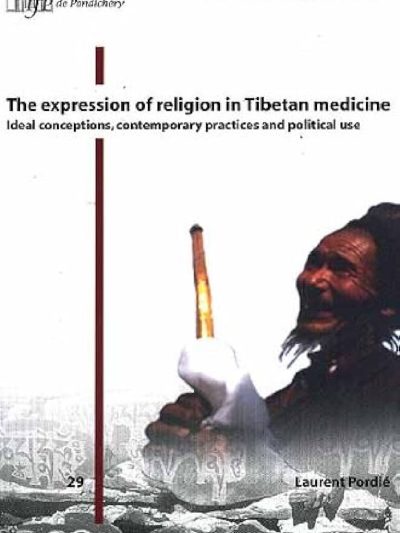
Reviews
There are no reviews yet.